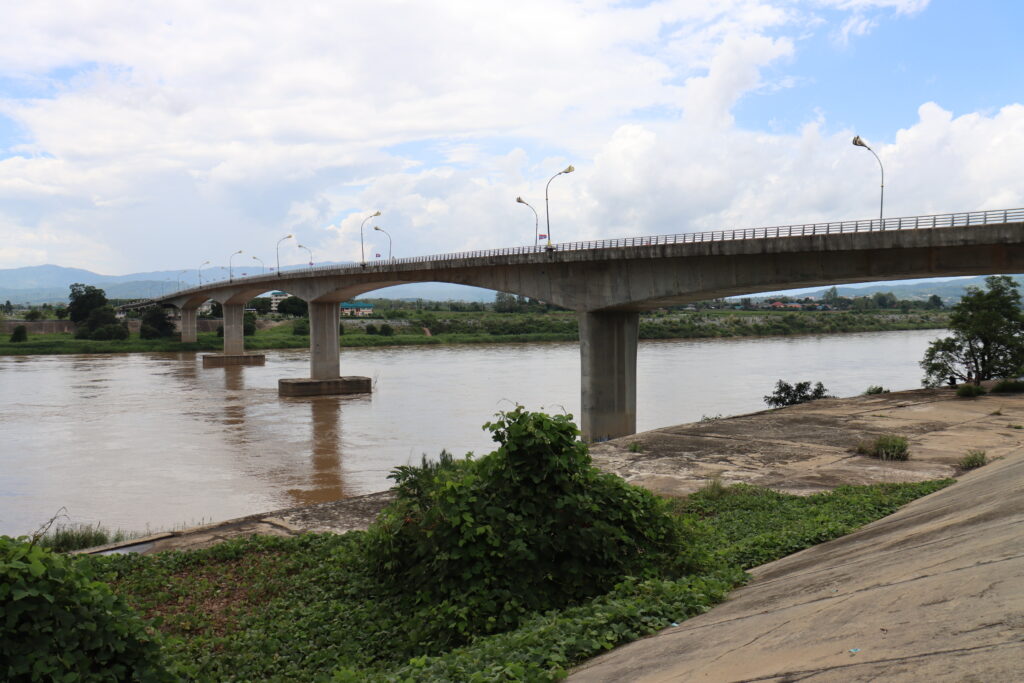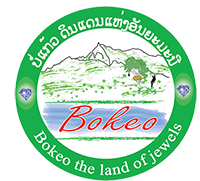GETTING TO BOKEO PROVINCE
GETTING TO HOUAY XAI
Buses connect daily from Chiang Mai through Chiang Rai and to Chiang Khaen where it is a short tuk tuk ride to cross the bridge to Houay Xai. Likewise, daily buses connect from Luang Prabang to Oudomxay, Luang Namtha and to Houay Xai. From Vientiane you can connect via bus or take a direct flight to Luang Namtha and then connect by bus. The slow boat from Luang Prabang is a 2 day trip to Houay Xai, overnighting in Pak Beng, and operates downstream to Luang Prabang in reverse. Schedules are daily October to March, but should be reconfirmed prior during other months.
Visas
To enter Laos, visitors need a passport with at least six months validity. Thirty-day visas are available from Lao embassies and consulates abroad. The fee varies by nationality. If you are arriving at Bokeo provinces from Thailand, 30-day visas are obtainable at the immigration checkpoint at Houay Xai in Bokeo. A US$1 fee is added for processing visas after 4pm. Visa extensions are available at immigration offices in Luang Prabang and Vientiane, and through tour operators in Houay Xai town. Those overstaying their visa are fined US$10 per day. Visa information is available on the Lao National Tourism Administration websites: www.tourismlaos.org
Currency
Currency Laos’ official currency is the kip (LAK), which comes in 500, 1,000, 2,000, 5,000. 10,000, 20,000, 50,000, 100,000 notes. Banks that exchange money are in Houy Xai.
Language
Although there are many ethnic dialects in north western Laos, Lao is the official language. Thai is understood in main tourist centres, and tour guides, as well as many hotel and restaurant staff will speak English. Chinese and some French is also spoken.
Bokeo has incredible ethnic diversity, with over 13 distinct ethnic groups. Akha and Khmu people make up over 50% of the population. There are many subgroups within groups but hopefully the following breakdown will help your understanding. Based on language, history, traditions and beliefs there are four main ethnolinguistic families in Laos. The majority migrated south from China, escaping conflicts with the Han Chinese and seeking farming and trade opportunities, therefore the ancestors of these groups share common origins.







 Users Today : 35
Users Today : 35 Users Yesterday : 81
Users Yesterday : 81 This Month : 1488
This Month : 1488 This Year : 5746
This Year : 5746 Total Users : 21079
Total Users : 21079 Views Today : 138
Views Today : 138 Total views : 118688
Total views : 118688 Who's Online : 1
Who's Online : 1